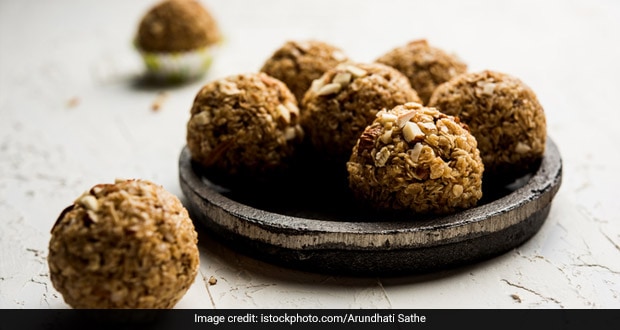The nip in the air is tempting us towards all things warm and yummy, and with the festive season upon us, we have all the more reasons to give in to our indulgences. The nation is gearing to celebrate Makar Sankranti on 15th January. Makar Sankranti is one of the most widely celebrated Indian festivals across the country. The festival is synonymous with kite flying, lavish fairs, and food. Several regions of India celebrate the festival with their own local spin. Ugaadi in Karnataka and Telangana, Lohri in Punjab, Magh Bihu in Assam and Pongal in Tamil Nadu are also celebrated around the same time. It is a very significant time for an agro-based country like India. This phase marks the Sun's move into the 10th house of the zodiac Capricorn or Makara. The transition results in longer and warmer days. People step out and celebrate the end of cold and harsh winters with a range of traditional delicacies.
(Also Read: Pongal 2020: Date, Time, Significance, Rituals And Foods To Eat)
When Is Makar Sankranti 2020 | Date Of Makar Sankranti 2020
This is year Makar Sankranti would be celebrated on 15th January 2020. The festival falls in the solar month of Makara and lunar month of Magha, which is why the festival is popular as both Makar Sankranti and Magha Sankranti. It marks the end of the month with winter solstice for India and brings along warmer days. The days that follow are also of longer duration. The six-month auspicious phase according to Hindu scriptures, known as Uttarayana also begins on the day of Sankranti.
(Also Read: Makar Sankranti: Til is Customary But Pitha Rules in the East)
Significance Of Makar Sankranti And Foods To Celebrate With
Snacks made with sesame and jaggery takes the centre-stage in various rituals of Sankranti celebrations. In Rajasthan, married women give gifts related to household, make-up, cosmetics to 13 married women. They also offer snacks like til patti, gajak, kheer, ghevar, and til ladoo. They also fly kites on their rooftops. The skies of Delhi, Haryana, Uttar Pradesh and Gujarat are also filled with colourful kites on the day of Makar Sankranti. In Delhi, both Lohri and Makar Sankranti are celebrated with much fervour. In Haryana, people also indulge in Churmaa festive preparation made with ghee, atta, and nuts. Uttar Pradesh witnesses an outpour of people from different parts of the country for the magnanimous Maagh Mela, an annual gathering in Prayag, on the banks of Triveni Sangam, where many take a dip in the holy Ganges and pay their respects to the Sun God. In Bengal, the celebrations last for three whole days. Needless to say, feasting forms a crucial component of the festivities. Doodh Phuli, Patishapta, Gur Payesh are some popular delicacies savored. In Himachal, people take dips in springs and baolis (stepwells) and later proceed to have a lunch of khichdi and gur. In Maharashtra, festive treats like puran poliand til ladoos are prepared. While offering til ladoo or 'tilachi ladoo' to family and friends as a greeting people of Maharashtra say "til gud ghyaa, aani goad goad bola", which means eat til (sesame) and gud (jaggery) and speak well. A similar practice is followed in Karnataka, where people greet each other saying "ellu bella thindu olle maathadi" that translates to 'eat the mixture of sesame seeds and jaggery, and speak only good.'
(Also Read: Magh Bihu 2020: Date, Know More About The Festival of Pitha, Laru And Jolpan)









